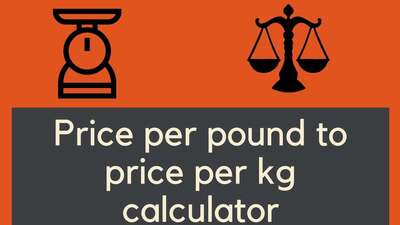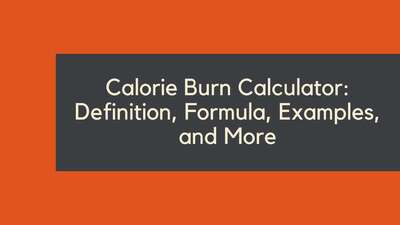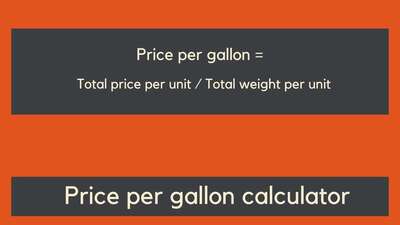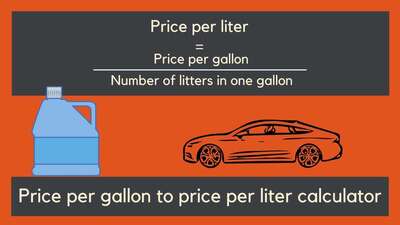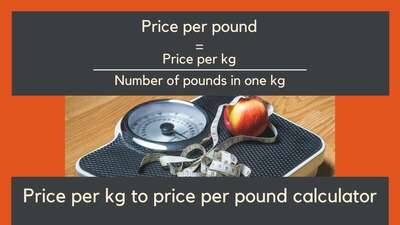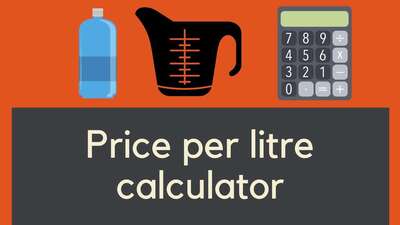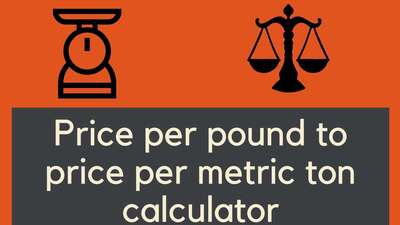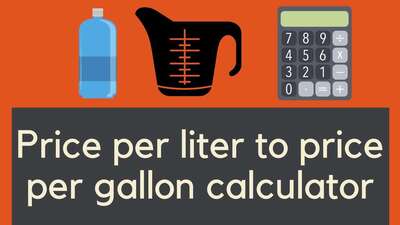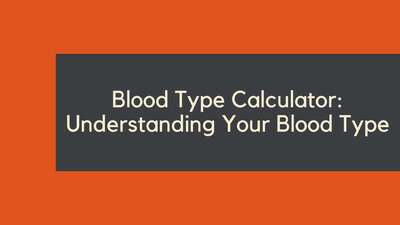Blood Alcohol Calculator: How to Calculate Your Blood Alcohol Content
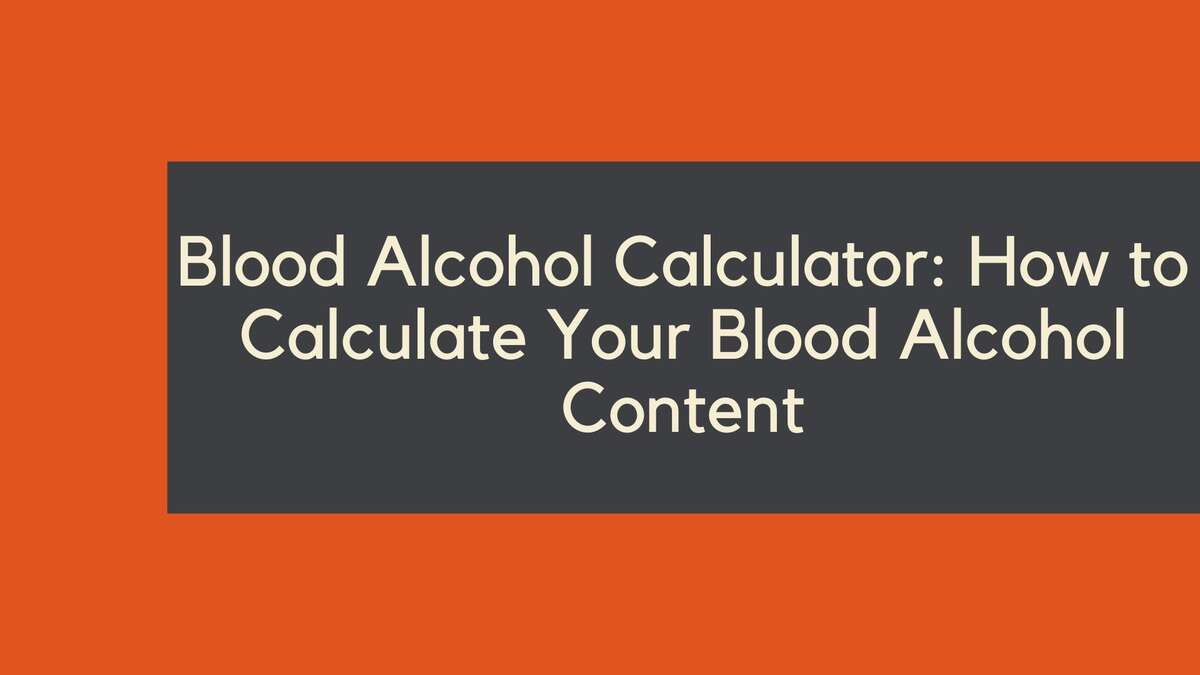
- Definition: What is Blood Alcohol Content (BAC)?
- Formula: How to Calculate Blood Alcohol Content
- BAC = (A x 5.14 / W x r) - 0.015 x H
- Examples: How to Use a Blood Alcohol Calculator
- Explanation: How Does Alcohol Affect the Body?
- Question and Answer FAQ
- Q: Is it safe to drink and drive if my BAC is below the legal limit?
- Q: Can I lower my BAC by drinking coffee or taking a cold shower?
- Q: Can I use a breathalyzer to determine my BAC?
- Assessing the Risk: The Realities of Low-Level Intoxication
- The Science of Alcohol Metabolism in the Body
- Cultural Factors and Drinking: How Social Norms Affect BAC
- Cultural Factors and Drinking: How Social Norms Affect BAC
- Conclusion
Drinking alcohol can be a fun social activity, but it’s important to know your limits and stay safe. One way to do this is by using a blood alcohol calculator to determine your blood alcohol content (BAC). In this article, we’ll explain what BAC is, how to calculate it, and provide examples to help you understand.
Definition: What is Blood Alcohol Content (BAC)?
Blood alcohol content (BAC) is a measurement of the amount of alcohol present in a person’s bloodstream. BAC is typically expressed as a percentage, and it’s used to determine a person’s level of intoxication. The higher the BAC, the more impaired a person is likely to be.
In the United States, a BAC of 0.08% or higher is considered legally intoxicated for drivers over the age of 21. However, it’s important to note that even a BAC lower than 0.08% can still impair a person’s ability to drive or make sound decisions.
Formula: How to Calculate Blood Alcohol Content
The formula for calculating BAC is based on a few key factors:
- The amount of alcohol consumed
- The person’s body weight
- The person’s gender
- The person’s rate of metabolism
- The amount of time that has passed since drinking
The most common formula for calculating BAC is known as Widmark’s formula:
BAC = (A x 5.14 / W x r) - 0.015 x H
Where:
- A is the total number of alcohol consumed, in ounces
- W is the person’s body weight, in pounds
- r is the gender-specific alcohol distribution ratio: 0.73 for men and 0.66 for women
- H is the number of hours since the first drink
For example, let’s say a man who weighs 180 pounds drinks 4 beers (each containing 12 ounces of alcohol) over the course of 4 hours. Using Widmark’s formula, we can calculate his BAC:
BAC = (48 x 5.14 / 180 x 0.73) - 0.015 x 4 = 0.091
So his BAC would be 0.091%, which is above the legal limit for driving in most states.
Examples: How to Use a Blood Alcohol Calculator
While Widmark’s formula is the most commonly used formula for calculating BAC, there are many blood alcohol calculators available online that can do the math for you. These calculators typically ask for the following information:
- The number and type of drinks consumed (beer, wine, or liquor)
- The person’s body weight
- The person’s gender
- The amount of time that has passed since drinking
Here’s an example of how to use a blood alcohol calculator:
- Go to a blood alcohol calculator website, such as wirtualny alkomat
- Select your gender (male or female) and enter your weight in pounds
- Select the type and number of drinks you’ve consumed
- Select the amount of time that has passed since your first drink
- Click “calculate”
The calculator will then provide you with an estimated BAC based on the information you provided. It’s important to note that this is only an estimate, and individual factors such as metabolism and hydration levels can affect BAC.
Explanation: How Does Alcohol Affect the Body?
Alcohol is a depressant that affects the central nervous system, slowing down brain function and altering behavior. When a person drinks alcohol, it’s absorbed into the bloodstream through the stomach and small intestine. From there, it travels to the liver where it’s metabolized and broken down into water, carbon dioxide, and other compounds.
The liver can process approximately one standard drink per hour. A standard drink is defined as:
- 12 ounces of beer
- 5 ounces of wine
- 1.5 ounces of liquor
When a person drinks more than one standard drink per hour, their BAC begins to rise. As BAC increases, so does the level of impairment. At a BAC of 0.08%, a person may experience:
- Loss of balance
- Slurred speech
- Difficulty concentrating
- Impaired judgment and decision-making
- Reduced reaction time
At higher BAC levels, a person may experience more severe symptoms such as vomiting, loss of consciousness, and respiratory depression.
Question and Answer FAQ
Q: Is it safe to drink and drive if my BAC is below the legal limit?
A: No, it’s never safe to drink and drive. Even if your BAC is below the legal limit, alcohol can still impair your ability to drive and make sound decisions. It’s always best to have a designated driver or use a ride-sharing service if you plan on drinking.
Q: Can I lower my BAC by drinking coffee or taking a cold shower?
A: No, coffee and cold showers will not lower your BAC. Only time can lower BAC, as the liver can only metabolize alcohol at a rate of approximately one standard drink per hour.
Q: Can I use a breathalyzer to determine my BAC?
A: Yes, breathalyzers can provide an estimate of your BAC by measuring the amount of alcohol in your breath. However, breathalyzers can be inaccurate and should not be relied upon as a definitive measure of BAC.
Assessing the Risk: The Realities of Low-Level Intoxication
The perils associated with low-level intoxication are often underestimated. It's vital to acknowledge that even with a BAC below the legal threshold, the likelihood of being involved in accidents or sustaining injuries escalates substantially. The concept of "buzzed driving," which might seem harmless, carries risks analogous to those of drunk driving. Consuming alcohol, even in modest amounts, can lead to compromised motor skills, slowed reaction times, and impaired judgment. Utilizing a blood alcohol calculator serves as an eye-opener, clearly demonstrating how a seemingly negligible amount of alcohol can influence your BAC and, by extension, your capacity to drive safely.
This tool is instrumental in promoting the understanding that safety should never be compromised. With its help, individuals can visualize the direct impact of alcohol consumption on their BAC levels and gain insight into the critical need for alternative transportation options after drinking. It provides a factual and scientific basis for making informed decisions about drinking and driving, underscoring the importance of planning ahead for a safe ride home, whether it be through a designated driver, public transportation, or a ride-sharing service.
- Understanding Impairment: Recognizing that impairment starts at low BAC levels can influence individuals to make smarter choices.
- Risk Assessment: A blood alcohol calculator quantifies risk, providing tangible data to assess one's ability to drive.
- Encouraging Safe Practices: By highlighting the risks of buzzed driving, it encourages the use of sober drivers or ride-sharing services.
The Science of Alcohol Metabolism in the Body
The intricacies of alcohol metabolism are influenced by a complex interplay of individual factors, making the process unique for each person. Genetic makeup, the presence of food in the stomach, and the overall health of the liver – the organ chiefly responsible for metabolizing alcohol – all contribute to the rate at which alcohol is processed in the body. Typically, the body metabolizes alcohol at a steady rate; however, for some individuals, this process can be inherently slower, potentially resulting in a higher BAC than one might anticipate.
It is crucial to understand that these physiological variances affect how quickly alcohol is cleared from the bloodstream, which directly impacts BAC levels. While a blood alcohol calculator can offer a general estimation of BAC, such calculators cannot account for all the personal and biological nuances that dictate alcohol metabolism. Consequently, when it comes to making decisions about drinking and driving, it is imperative to adopt a conservative approach. This means that if there is any doubt about impairment or BAC levels, the safest choice is to not drive.
- Genetics: Genetic factors can influence how alcohol dehydrogenase, the enzyme that breaks down alcohol, functions in the body.
- Food Intake: Having food in the stomach can slow the absorption of alcohol, affecting how quickly it enters the bloodstream.
- Liver Health: The liver's condition is critical as it is the primary site for alcohol metabolism; compromised liver health can significantly reduce the rate of alcohol processing.
Cultural Factors and Drinking: How Social Norms Affect BAC
The cultural context in which drinking occurs plays a significant role in shaping an individual's perception of alcohol consumption and its effects. In many cultures, drinking is not only socially acceptable but also deeply ingrained as a normative behavior for social gatherings and celebrations. This cultural endorsement can sometimes lead to the underestimation of one's blood alcohol concentration (BAC) and its potential impact on cognitive and motor functions. The subjective feeling of being "okay to drive" is often at odds with the objective measurement of BAC.
Utilizing a blood alcohol calculator can serve as an impartial means of assessing one's level of intoxication, providing a data-driven evaluation that may challenge these culturally influenced perceptions. By inputting specific details about alcohol consumption, individuals can receive a more accurate understanding of how their bodies are processing alcohol and what their actual BAC may be, which is often higher than what they might subjectively estimate.
- Social Drinking Norms: Cultural norms may desensitize individuals to the impairing effects of alcohol.
- Perception vs. Reality: There can be a significant discrepancy between how intoxicated people feel and their actual BAC levels.
- Objective Assessment: Blood alcohol calculators introduce an element of objectivity, potentially altering individuals' decisions about drinking and driving.
In conclusion, while cultural factors can significantly influence one's approach to drinking, the adoption of tools like blood alcohol calculators is essential in promoting a safer and more responsible approach to alcohol consumption.
Cultural Factors and Drinking: How Social Norms Affect BAC
The cultural context in which drinking occurs plays a significant role in shaping an individual's perception of alcohol consumption and its effects. In many cultures, drinking is not only socially acceptable but also deeply ingrained as a normative behavior for social gatherings and celebrations. This cultural endorsement can sometimes lead to the underestimation of one's blood alcohol concentration (BAC) and its potential impact on cognitive and motor functions. The subjective feeling of being "okay to drive" is often at odds with the objective measurement of BAC.
Utilizing a blood alcohol calculator can serve as an impartial means of assessing one's level of intoxication, providing a data-driven evaluation that may challenge these culturally influenced perceptions. By inputting specific details about alcohol consumption, individuals can receive a more accurate understanding of how their bodies are processing alcohol and what their actual BAC may be, which is often higher than what they might subjectively estimate.
- Social Drinking Norms: Cultural norms may desensitize individuals to the impairing effects of alcohol.
- Perception vs. Reality: There can be a significant discrepancy between how intoxicated people feel and their actual BAC levels.
- Objective Assessment: Blood alcohol calculators introduce an element of objectivity, potentially altering individuals' decisions about drinking and driving.
In conclusion, while cultural factors can significantly influence one's approach to drinking, the adoption of tools like blood alcohol calculators is essential in promoting a safer and more responsible approach to alcohol consumption.
Conclusion
Knowing your BAC is an important part of staying safe when drinking alcohol. By using a blood alcohol calculator or Widmark’s formula, you can estimate your BAC based on factors such as the number of drinks consumed, body weight, and time elapsed since drinking. Remember that even a BAC below the legal limit can still impair your ability to drive and make sound decisions. Always prioritize safety and have a plan in place for getting home if you plan on drinking.
By understanding how alcohol affects the body and using tools like blood alcohol calculators, individuals can make informed decisions about their alcohol consumption and stay safe while drinking. Remember to always prioritize safety and never drink and drive.





![Car Loan Calculator: Definition, Formula, Examples, and FAQs [2023 Guide]](/images/page/400/car-loan-calculator-13.jpg)








